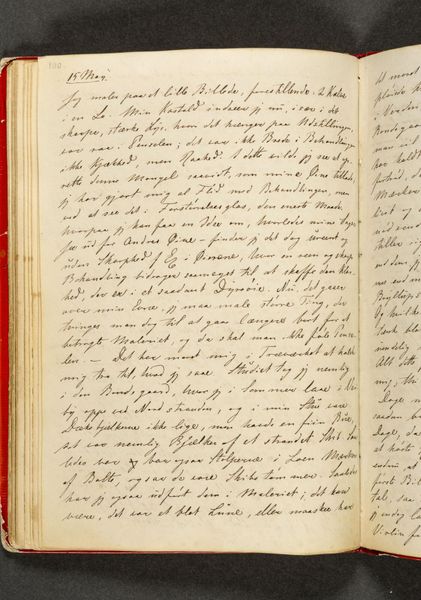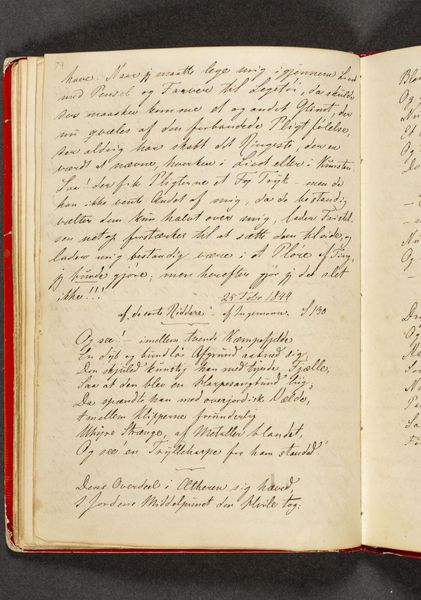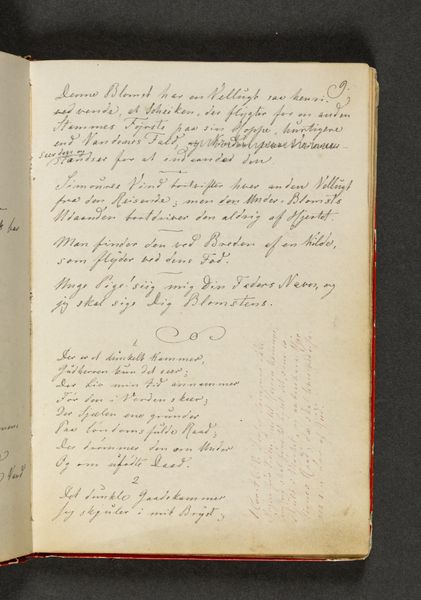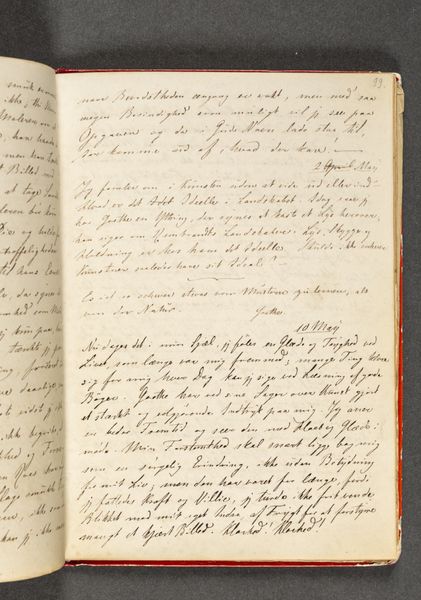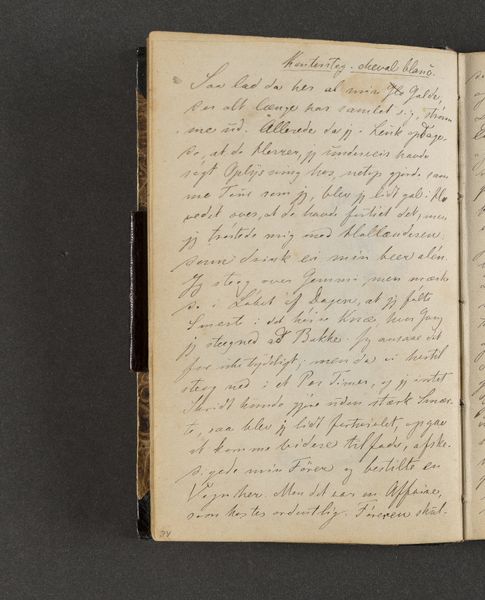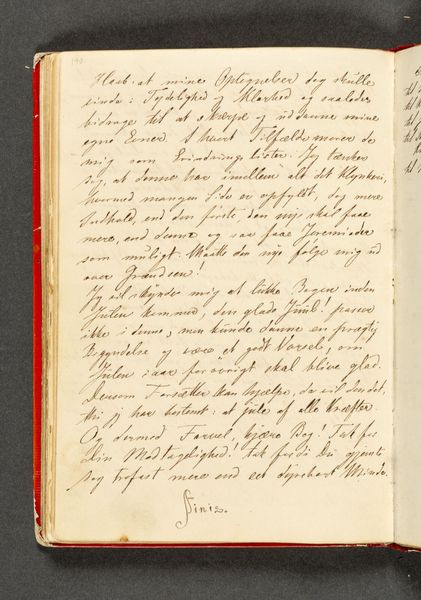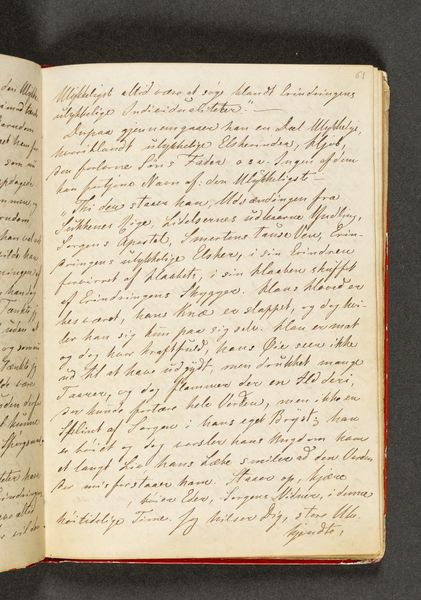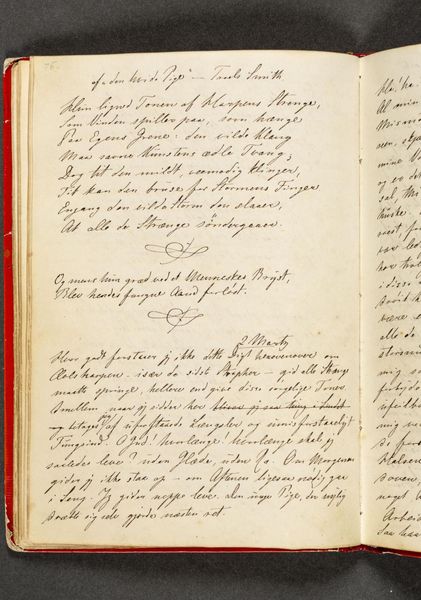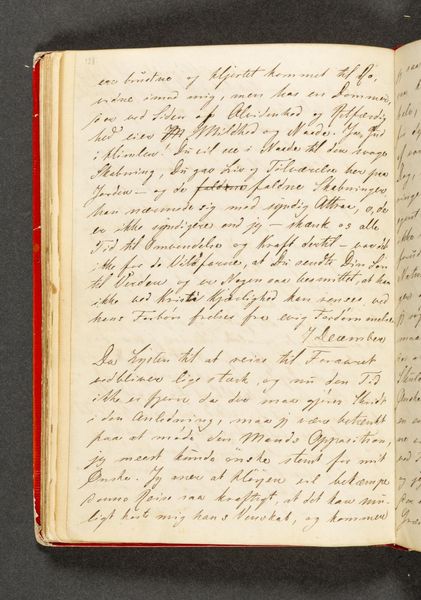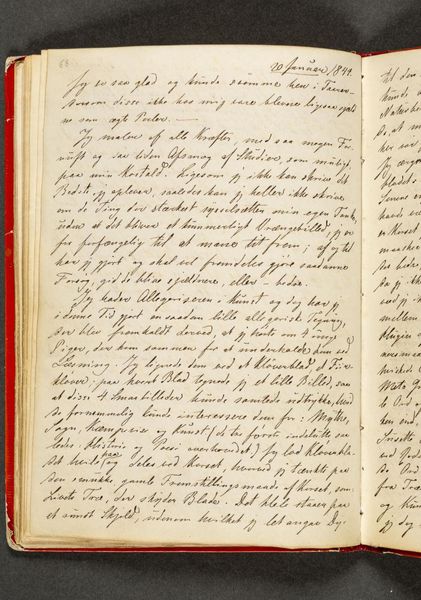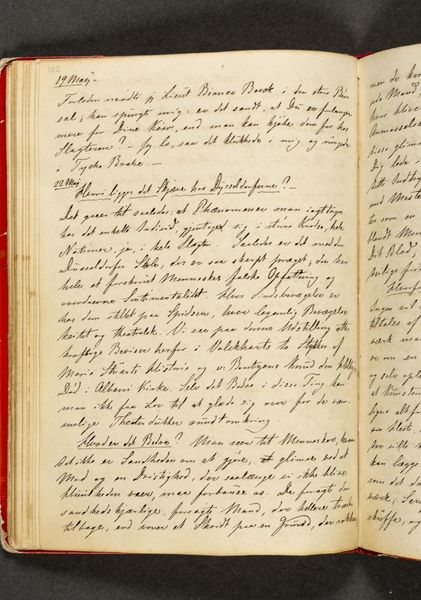
drawing, paper, ink, pen
#
drawing
#
landscape
#
paper
#
personal sketchbook
#
ink
#
pen
#
academic-art
#
modernism
Copyright: Rijks Museum: Open Domain
Curator: Editor: This is "Notities over te bouwen stenen wallen," or "Notes on Building Stone Walls," from 1864, by Willem Springer Jr., rendered in ink and pen on paper. It feels very technical and precise, almost architectural. What strikes you about it? Curator: It's fascinating how Springer documents the planned labor and materials necessary to construct these stone walls. Forget the finished vista for a moment and consider the human element. This isn’t just a landscape drawing; it’s a document of material production, meticulously charting ratios of stone and their positioning to dictate labour intensity, perhaps even reflecting the social structure required for such a task. Does the level of precision remove artistic intention, or does it bring art closer to labour? Editor: I see what you mean! So, the art lies less in the image itself and more in the evidence it provides about the labour involved. But wouldn't that apply to all art, even landscape painting, since someone had to grind the pigments and stretch the canvas? Where does Springer’s piece fit on a spectrum of intentional material critique? Curator: Precisely! Springer isn't simply depicting a landscape; he’s foregrounding the practical and material circumstances of its potential alteration, revealing his own role in shaping its image through notes and instruction. We have to look for these conditions embedded even in what we think of as purely "aesthetic" endeavors. Editor: This really shifts how I see this piece. It's not just a sketch; it is data, instruction, labour, and context. Curator: Exactly. By considering the materiality and process, we uncover layers of meaning often missed in traditional art historical analysis. Art and life are intricately linked, made concrete through practical things and applications. Editor: Thanks; that really illuminated the context in this drawing.
Comments
No comments
Be the first to comment and join the conversation on the ultimate creative platform.
